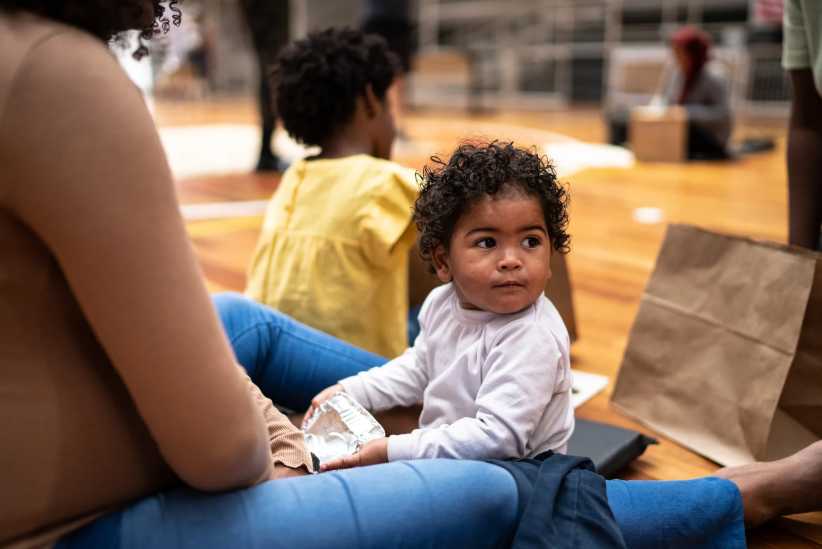November is a time when we all tend to think about gratitude; your family is likely familiar with the ‘what are you thankful for’ exercise at the Thanksgiving dinner table. But it is vital to instill the importance of gratitude in your children year-round, whether it’s by being polite to servers when your family dines at a restaurant or by simply saying thank you to the barista handing you your morning coffee. Alan Daniel Schlechter, M.D., clinical assistant professor at the department of child and adolescent psychiatry at NYU Langone Health, director of outpatient child and adolescent psychiatry at Bellevue Hospital, and instructor of the course The Science of Happiness at New York University shares five ways you can teach your children to express gratitude all year long.
Model being grateful.
As is the case with most traits you want to instill in your children, the best way to do so is by modeling this behavior for them. Dr. Schlechter, co-author of U Thrive: How to Succeed in College (and Life), emphasizes the importance of taking the time to thank the people around you in various ways. “Thank the waiter when they come to the table. Write handwritten thank-you notes instead of just emails to make sure your kids see you doing it,” he suggests.
Play Best, Best, Worst at the dinner table.
At Dr. Schlechter’s dinner table, everyone in the family says their two best moments of the day and their one worst. What makes this exercise unique in his house, though, is each member of his family also states a time that someone helped them. “Sometimes the best parts of your day can be when someone else supported you,” Dr. Schlechter says. “For example, if the best part of your child’s day was scoring a goal in soccer, ask ‘who helped you score that goal?’”
Write gratitude letters and journals.
Jotting down the things you’re grateful for increases your well-being, according to Dr. Schlechter. So try keeping a family gratitude journal in which each member writes down what they are thankful for. Or encourage your kids to write gratitude letters to those they are thankful for (and let them see you do this, too). Encourage your children to give their letters to the people they are about or to read the letters out loud (if your kids feel comfortable doing so).
Point out examples of gratitude.
When you’re reading, watching TV, or just carrying about your everyday life, point out people who do a great job at expressing gratitude to those around them, Dr. Schlechter suggests. This is a way for your children to identify gratitude and its benefits. “Gratitude is one of the twenty-four character strengths we have and it is the most pro-social emotion,” he says. “It’s like friendship glue, and it’s the most essential [thing] to teach kids in order to increase their ability to create and keep meaningful relationships.”
Ask how it makes them feel.
Many people get into the habit of saying thank you because it’s the right thing to do. But expressing gratitude toward someone makes you feel good, and that should be the reason to do it, Dr. Schlechter says. “What you want to do with all of these exercises is make sure that it makes [your children] feel good and that they know it makes them feel good,” he says. Sometimes people think the entire goal is to make others feel good, but that’s not necessarily the case. Feeling good when you’re giving gratitude encourages you to keep doing it, so paying attention to that feeling reinforce why you do it.























